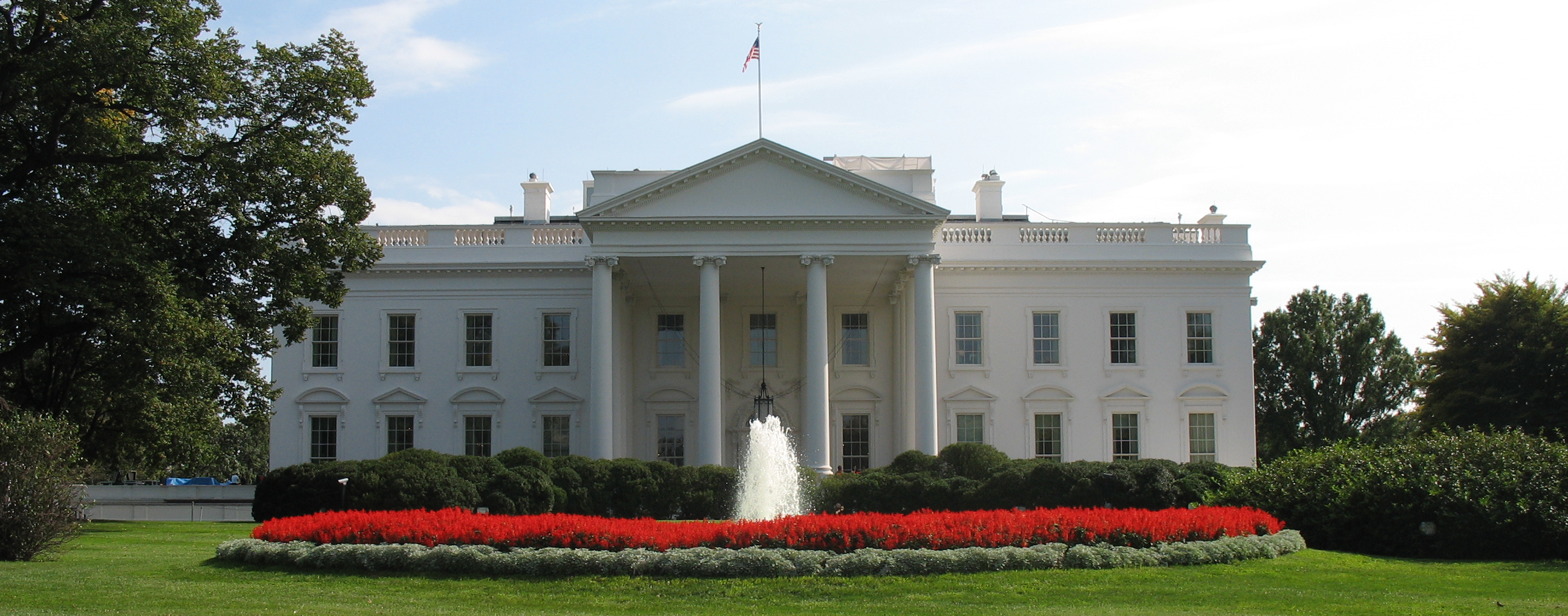The Office of Management and Budget (OMB) on March 28 released the president’s fiscal year (FY) 2023 budget request. The president’s budget—though a proposal and not actionable on its own—serves as an important signaling document for Congress by outlining the administration’s priorities for the coming year.
With the exception of a proposed decrease within the Health Resources and Services Administration (HRSA) and a notable caveat regarding the proposed budget number for the National Institutes of Health (NIH), the president’s budget called for meaningful increases across the nation’s federal public health and research agencies and for landmark investments in pandemic preparedness and biodefense.
At the top level, the budget request called for $127.3 billion for the U.S. Department of Health and Human Services (HHS), a 15 percent increase from the enacted FY 2022 level. Within HHS, the president’s budget includes the following:
- $49 billion for the NIH, compared to the final $45 billion level in FY 2022. Notably, the proposed amount for NIH includes $5 billion for the Advanced Research Projects Agency for Health (ARPA-H). Excluding the dedicated $5 million for ARPA-H translates to a negligible increase (0.6%) in NIH’s core budget.
- $9.9 billion in discretionary funding for the Centers for Disease Control and Prevention (CDC), a 14.7% increase from FY 2022
- $8.4 billion for the Food and Drug Administration (FDA), a nearly 34% increase over the FY 2022 appropriated funding level
- $376 million in discretionary funding for the Agency for Healthcare Research and Quality (AHRQ), a 7% increase from FY 2022
- $8.5 billion in discretionary funding for HRSA, a 4.5% decrease from FY 2022
- $4.3 billion in discretionary funding for the Centers for Medicare & Medicaid Services (CMS), an 8% increase from FY 2022
- $81.7 billion over five years across HHS “to enable an agile, coordinated, and comprehensive public health response to protect American lives, families, and the economy and to prevent, detect, and respond to emerging biological catastrophes.”
Also in the president’s budget were provisions specifically related to women’s health. Specifically, the budget includes:
- $42 million for the HHS Office on Women’s Health to “fund activities relating to disease prevention, health promotion, service delivery, research, and health care professional education, for issues of particular concern to women throughout their lifespan”
- $470 million to “reduce maternal mortality and morbidity rates; expand maternal health initiatives in rural communities; implement implicit bias training for health care providers; create pregnancy medical home demonstration projects; and address the highest rates of perinatal health disparities…”
- $2 million to establish a center for ongoing sexual orientation and gender identity (SOGI) research, aimed at analyzing and building upon the consensus study by the National Academies of Sciences, Engineering, and Medicine (NASEM) on Measuring Sex, Gender Identity, and Sexual Orientation
While there is much to glean from the president’s budget and the agencies’ accompanying congressional justifications, which “justify” the president’s request by outlining the mission of the agency along with goals and activities for the coming year, one piece in FDA’s FY 2023 congressional justification worth flagging is the agency’s request of Congress for the authority to condition that, for drugs approved through FDA’s accelerated approval pathway, drug sponsors first demonstrate that post-approval studies (i.e., confirmatory studies) are “adequately designed…and can be completed in a timely manner.” According to STAT News, this proposal would give FDA additional authority to “crack down on drug makers abusing the…pathway” and “give the FDA clearer ways to pull accelerated approval drugs off the market.”
The president’s budget can be found here, and the HHS Budget-in-Brief can be found here. SWHR’s statement on the president’s budget can be found here. Agencies’ congressional justifications are available via the following links:
- AHRQ budget justification
- CDC budget justification
- CMS budget justification
- FDA budget justification
- HRSA budget justification
- NIH Institute justifications
For questions, please email SWHR Chief Advocacy Officer Lindsey Horan.
